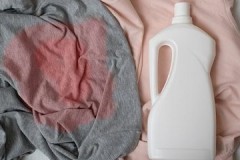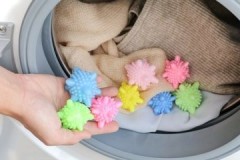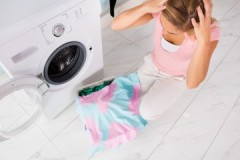What if I accidentally washed my money in the washing machine?
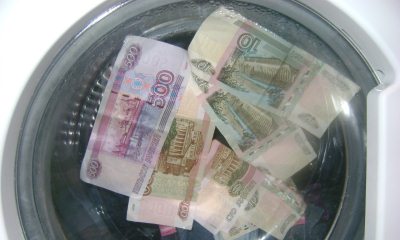 Violation of the elementary rule for preparing clothes for washing (namely, ignoring recommendations for preliminary checking of pockets) leads to an unpleasant situation.
Violation of the elementary rule for preparing clothes for washing (namely, ignoring recommendations for preliminary checking of pockets) leads to an unpleasant situation.
This becomes the reason for the unexpected detection of paper money or coins in the washing machine.
What to do if you washed your money in a washing machine, how to dry it, can you change the washed banknotes, for example, in Sberbank? Look for answers to these questions in the article.
Content
How will washing affect their condition?
Most often, money that has suffered from mechanical stress when washing clothes does not lose its solvency.
What can happen to paper banknotes?
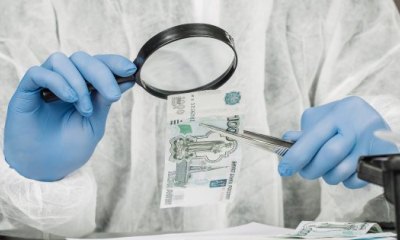 After washing, washed banknotes naturally lose their original appearance... However, they retain their payment status.
After washing, washed banknotes naturally lose their original appearance... However, they retain their payment status.
This is due to the use of special paper and special resistant paint for their manufacture, which provide money with a sufficiently high strength.
Their usual appearance may change if:
- bleach was used for washing, which will cause the paint to fade slightly on paper notes;
- the detergent contains chlorine or aggressive ingredients to remove stains;
- clothes could shed, as a result of which paper money acquired an unusual shade.
The appearance of paper money practically does not change if it remained in the pocket during the washing process. This excludes the possibility of their deformation and transformation into torn fragments.
Serial numbers are retained even in the event of damage and rupture, which allows you to restore the value of banknotes by contacting banking structures.
What will happen to the coins?
Finding coins in the drum after washing is fraught with consequences not so much for metal money as for the washing machine.
It is recommended to proceed as follows:
- Scroll the drum by hand, inspect and feel its inner surface.
- Check if coins are stuck in the rubber seal, that is, in the hatch cuff.
- Inspect the drain pump filter. It is located at the bottom of the automatic machine body. It is a small panel with a protective cover. It must be opened by scrolling counterclockwise and remove the coins, if any.
Metal money can be slightly deformed and nothing more. In addition, they will have an unpleasant odor.
Effective methods of restoring the original appearance of washed bills
It is important to handle washed money correctly. There are several ways to help restore the normal appearance of paper bills and coins. They provide for drying and elimination of mold odor.
How to dry properly?
The most common method is drying between blank sheets of paper. To this end, the following steps should be taken:
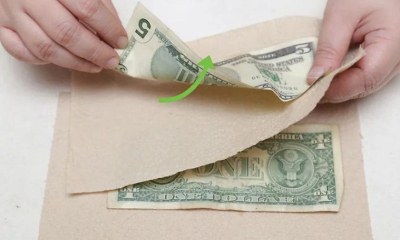 First, gently spread the banknotes on a terrycloth towel and cover with another towel or soft rag on top. This will remove most of the moisture.
First, gently spread the banknotes on a terrycloth towel and cover with another towel or soft rag on top. This will remove most of the moisture.- After this procedure, each bill should be carefully flattened on a paper sheet, covered with the same top.
- Put a book on top of the second sheet (to prevent deformation of the banknote).
- As the paper sheets get wet, they should be replaced with new ones until the money is completely dry.
The method is quite effective, but time-consuming. There are other equally effective measures to restore the washed money.
Drying with an iron
Drying money while smoothing it with an iron is recommended on an ironing board. The algorithm of actions is as follows:
- lay a clean soft cloth, carefully spreading wet bills on it;
- cover on top with the same cloth;
- having set on the iron the minimum temperature regime for any type of fabric (cotton, wool, synthetics), you should carefully iron the fabric surface until it is completely dry and the paper money is restored.
Drying with a hairdryer
You will have to hold the banknote with one hand, and direct the warm stream of the hair dryer at it with the other... Using hot air will quickly dry the money paper, but forced drying will often warp.
Before such drying, preliminary preparation is also required, which involves removing moisture with a towel. This procedure is described above.
On a rope
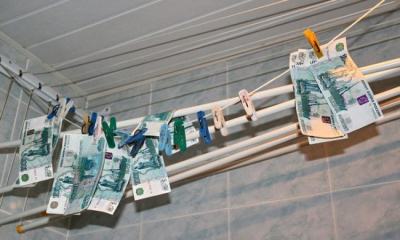 This method will also give positive results for drying bills. But it has cons:
This method will also give positive results for drying bills. But it has cons:
- using clothespins will cause the tips of the bill to wrinkle;
- in a suspended state, banknotes are twisted and deformed;
- in the end, you still have to turn to using an iron.
Of the methods described above, ironing washed money is the fastest and most effective. After this procedure, they will acquire their original condition and payment status.
How to get rid of mold?
Removing mold from coins is easy. They can be washed in water with added whiteness or vinegar. Another method involves the use of any detergent and cleaning agent used in the treatment of a bathtub or sink. In either case, after such a procedure, it is recommended to rinse the coins under running water and dry them.
Mold that has appeared on banknotes after accidental washing in a machine is more difficult to remove. To eliminate fungal infection, you can apply the following proven methods:
- Wipe the bills with a chlorine-containing detergent. To do this, a small amount of liquid should be applied to a cotton pad and wipe the money with it. Then - remove the product with a damp cloth.
- Vinegar diluted in water fights mold well. The ratio of the components is 5 parts of water for 1 part of vinegar. With this mixture, the banknote should be wiped with a cotton pad and dried.
- A more aggressive but most effective treatment for paper money against mold is immersion in cold water with the addition of liquid soap, shampoo, or shower gel.
Can I change at Sberbank?
If the washed and restored money is refused to be accepted in the store, you should contact any bank, for example, Sberbank, to exchange them.
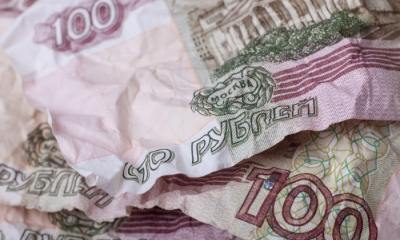 According to the Regulation adopted by the Bank of Russia on December 26, 2006 under No. 1778-U, banknotes with minor damage are recognized as solvent and subject to exchange:
According to the Regulation adopted by the Bank of Russia on December 26, 2006 under No. 1778-U, banknotes with minor damage are recognized as solvent and subject to exchange:
- having spots;
- have lost their original color (faded or stained during the shedding of fabrics);
- frayed, wrinkled, deformed;
- torn or blurred edges and corners.
Such money is exchanged in all Russian banks without any payment and in a cash equivalent corresponding to the previous face value. Exchange operations are performed not only by state, but also by commercial institutions.
Banks exchange even torn banknotes that have retained at least 50% of their original size. In addition, banknotes glued from several fragments are subject to exchange.
In this case, the following criteria for the validity of a note are taken into account:
- parts must belong to one bill of the same denomination;
- each piece of damaged money must be 50% of the initial area;
- bills glued from several fragments should retain at least one of the parts 50% of the area.
Metal money is also exchanged, deformed or changed its original color after washing. The main thing is that information about belonging to Russian coins and nominal signs are preserved. As for the remaining area, it must be at least 70% of the previous volume.
The algorithm for contacting the bank provides for filing an application for an exchange spoiled money and the provision of an identity document, that is, a passport.
After assessing the condition of the banknotes, the client will be exchanged for solvent banknotes in full. At the same time, there are no restrictions on the amount required for the exchange.
The nuances of exchanging damaged foreign currency
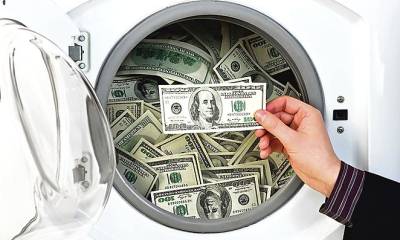 The bank will replace only bills that have not undergone significant damagethat changed their appearance.
The bank will replace only bills that have not undergone significant damagethat changed their appearance.
Shabby and faded dollars can be exchanged subject to a commission fee of 3 - 10% of their total value.
Wherein on banknotes, the number, series and denomination of the note must be clearly visible.
Related Videos
What to do if you washed money in the washing machine, the video will tell you:
Conclusion
Of course, money has a certain margin of safety. However, with a careless attitude towards them, it becomes necessary to restore their original appearance, returning them to the status of solvency.
In a more difficult situation, when money has lost it, you will have to spend time contacting banking structures, and sometimes lose some percentage of their initial value.

